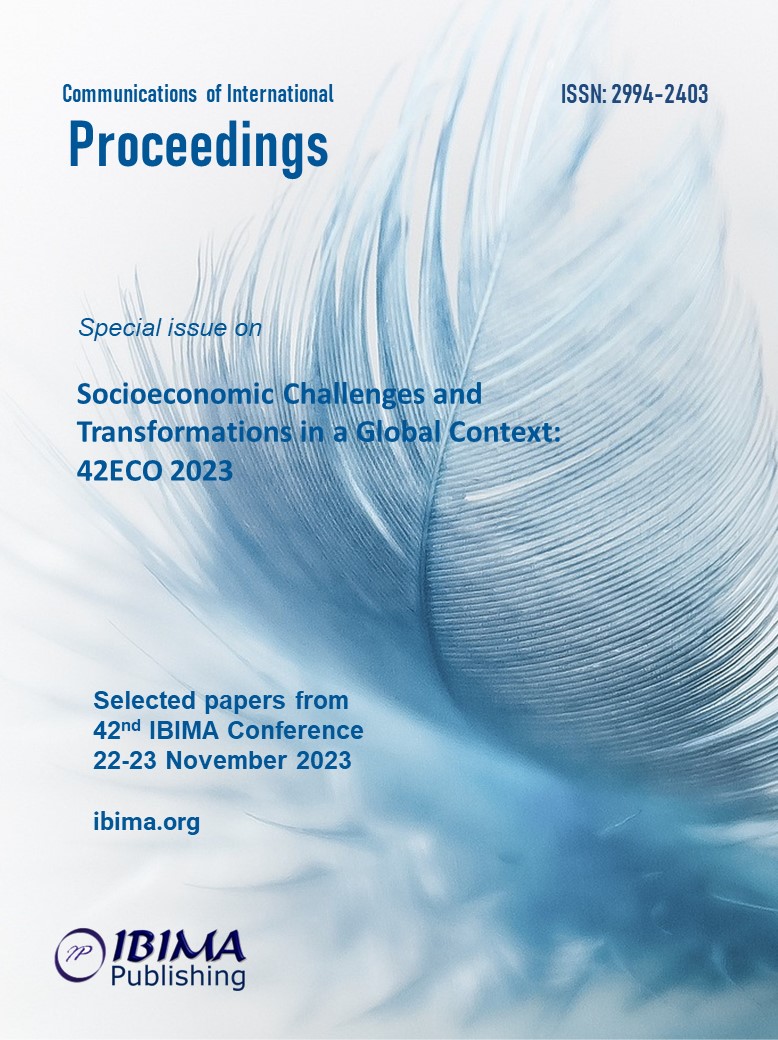
Sabina ROKITA and Katarzyna CHUDY-LASKOWSKA
Rzeszow University of Technology, Poland

The aim of the article is to analyze the innovativeness of Polish service and industrial enterprises in the light of the expenditures incurred and the effects achieved in the years 2009-2021, and to check whether there are any correlations between selected innovation indicators.
Data for research on the innovativeness of Polish enterprises in 2009-2021 was taken from the Local Data Bank of Statistics Poland. Basic descriptive statistics and graphical analysis in the form of line figures were used to examine the data. Relationships between innovation indicators were developed using Spearman’s rank correlation analysis at the significance level of α=0.05.
The research shows that the innovativeness of Polish industrial and service enterprises over the years studied, (2009-2021), has not improved significantly, although 2020 is a positively distinctive period, in which Poland was subject to the greatest restrictions due to the pandemic COVID-19.
Spearman’s rank correlation analysis between innovation indicators proved a positive impact of the percentage of innovation-active enterprises, the percentage of enterprises cooperating, and R&D expenditures on the percentage of industrial and service enterprises introducing innovations. There was a negative correlation between the value of expenditures on innovation activities and R&D on the share of net revenues from sales of the innovative products in the total net revenues from sales of industrial and service enterprises. Determining the reasons for this state of affairs requires further in-depth research.